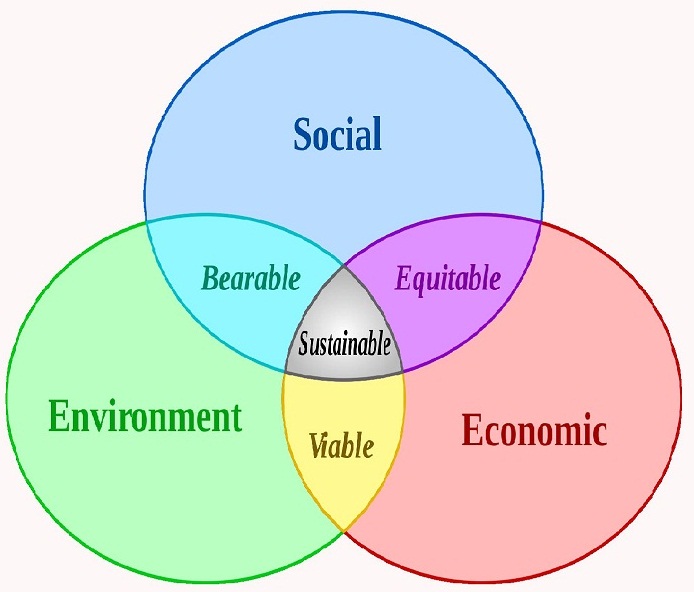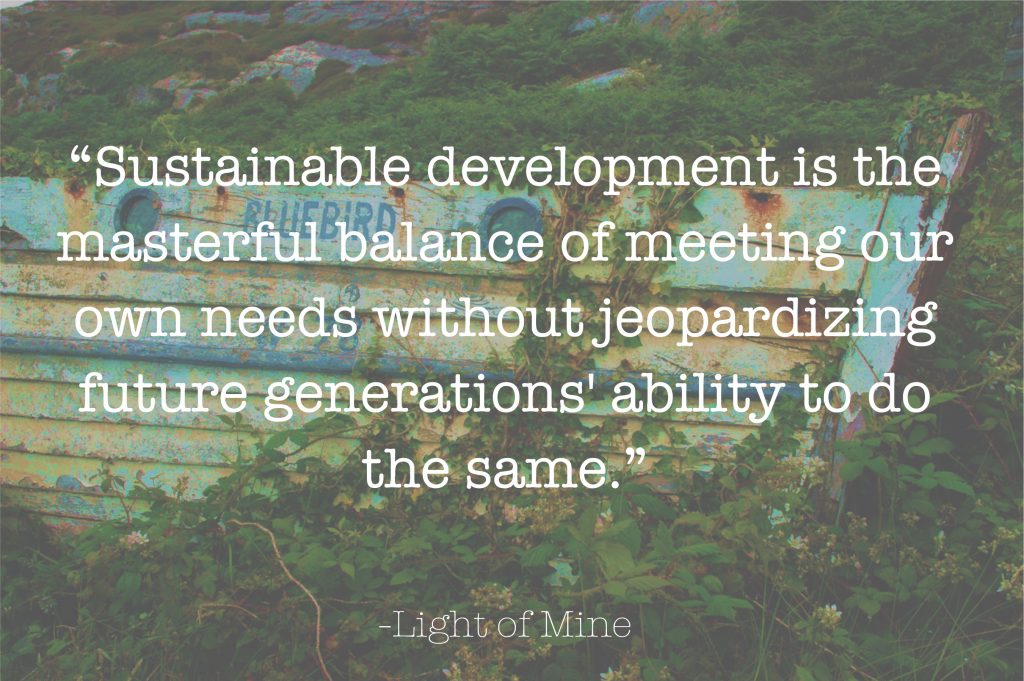The Fairmined gold business is primarily based on a premium which works as a purchase bonus that offers miners the opportunity to improve their working and living conditions. The current lack of reference price for colored gemstones could make it harder for such a label to exist.
Other complications are obstructing the development of a CSR plan, such as the number of middlemen in the field or the complex life cycle of a gemstone. As a matter of fact, a faceted gem passes through many hands: it can be mounted, unmounted, mounted again… It is in our stock but it might have been extracted hundreds of years ago. The traceability of colored gemstones and their precise origin are the first two challenges for the CSR.
One might be tempted to say that we should work directly with the mines, but a mine never products all the gems to meet a client’s demand. In this instance, the key is to have an accurate market knowledge as long as a strong and extensive international network that would help us to find the right gem among a very broad stock.
Despite the difficulties, many actions can be part of a CSR plan : sponsorship, including social and environmental criteria in our buying decisions, partnership with NGO or other local associations, development of a specific responsible sector…
As far as colored gemstones are concerned, environmental and social challenges are at their most critical ahead of the supply chain, when gems are mined and extracted; therefore the CSR commitments should focus on producing countries and their development. Mining of colored gemstones being mostly traditional, a fairer distribution of the raw material value for miners could be done, contributing to their training, reducing the environmental impact caused by mining operations, to ensure miners empowerment*.
The jewelry industry is also influenced by Greenwashing: a marketing or communication process used by a company to create a better, more responsible and eco-friendly public image. It is our responsibility to remain attentive and critical.
The word « Responsibility » has to be emphasized in the CSR acronym. We are responsible to choose excellence, to work with materials that are noble, valuable and rare, to highlight what Nature has to offer, exploit its resources and preserve it, and to give back in return.
Small, gradual changes are necessary. The traceability of raw materials and their origins are a starting point. The latest European law is heading towards that direction. The fact that colored gemstones were integrated to the RJC’s activities is another powerful symbol. But before regulations or market trends compel businesses to support those changes, it would be better to embrace our own social responsibility in order to protect the “3Ps”.
“The brands that will thrive in the coming years are the ones that have a purpose beyond profit.” Richard Branson.
* granting more power to individuals or groups to act on the social, economic, political or ecological conditions they’re facing.
** http://www.oecd.org/corporate/mne/mining.htm


